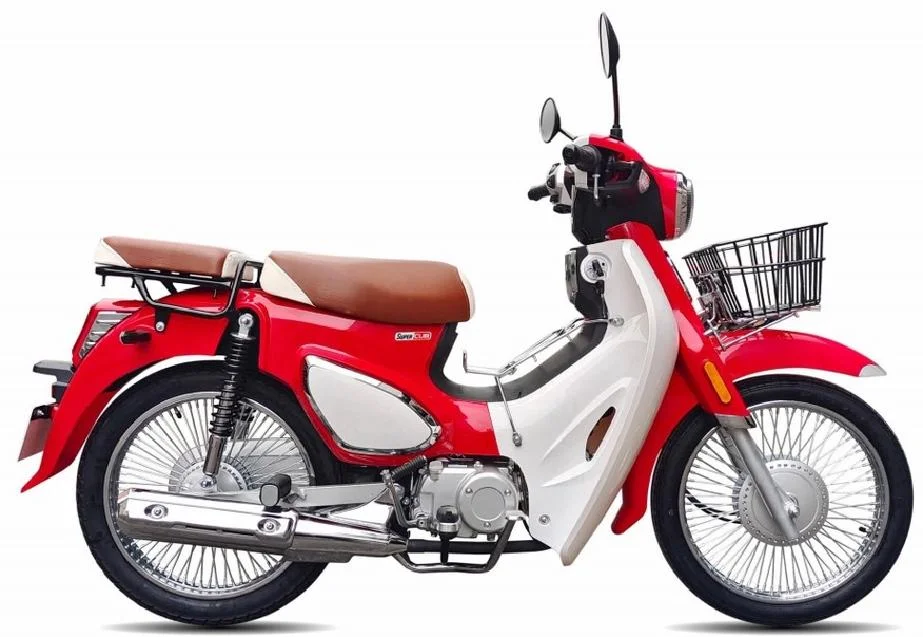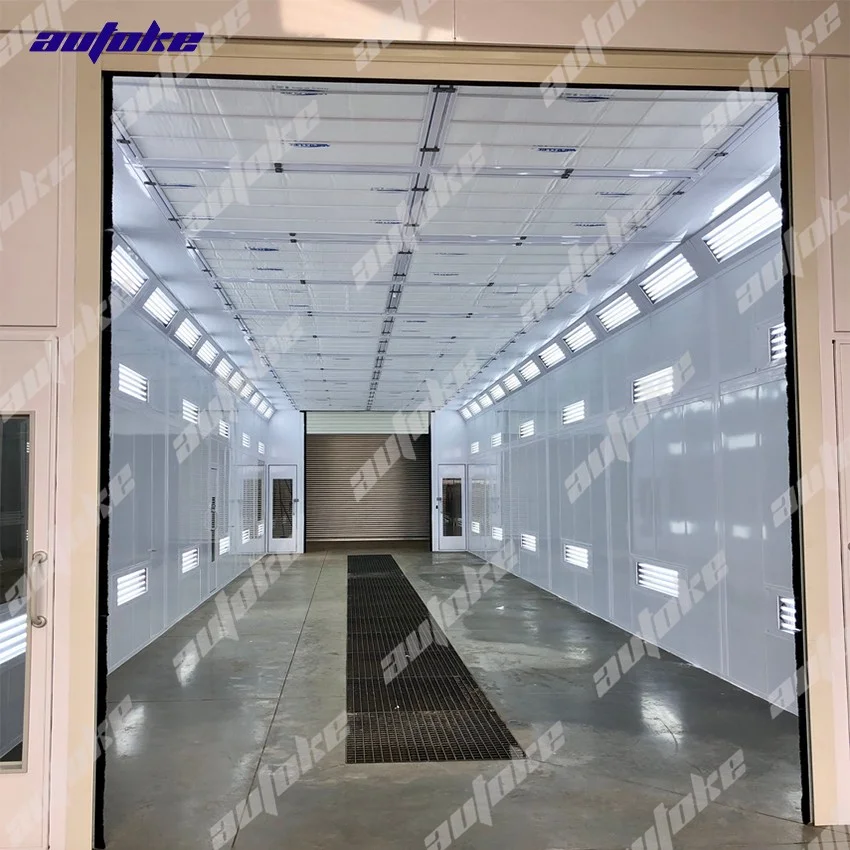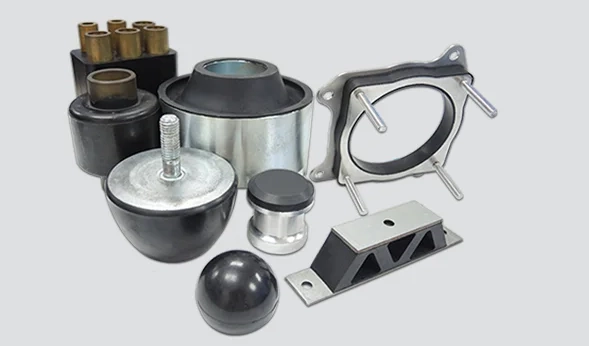In an increasingly interconnected world, the modes of transport we choose play a crucial role in shaping our daily lives, economies, and the environment. From the bustling streets of urban centers to the serene landscapes of rural areas, transport systems facilitate the movement of people and goods, influencing everything from trade to tourism. This article delves into the most popular modes of transport, examining their characteristics, advantages, and the contexts in which they thrive.
- Road Transport: The Backbone of Mobility
Road transport remains the most widely used mode globally, accounting for a significant portion of passenger and freight movement. The flexibility of road networks allows for door-to-door service, making it particularly advantageous for short to medium distances.
Advantages:
- Accessibility: Roads connect remote areas, providing access to essential services and markets.
- Cost-Effectiveness: For short distances, road transport is often more economical than rail or air.
- Versatility: It accommodates various vehicle types, from bicycles to heavy trucks, catering to diverse needs.
Challenges:
- Traffic Congestion: Urban areas often face severe congestion, leading to increased travel times and pollution.
- Environmental Impact: Road transport is a significant contributor to greenhouse gas emissions, prompting a shift towards electric and hybrid vehicles.
- Rail Transport: The Efficient Giant
Rail transport is renowned for its efficiency and capacity, particularly in moving large volumes of goods over long distances. High-speed trains have also revolutionized passenger travel in many countries, offering a fast and reliable alternative to air travel.
Advantages:
- Energy Efficiency: Trains are generally more fuel-efficient per ton-mile compared to trucks, making them a greener option for freight.
- High Capacity: Trains can carry a substantial amount of cargo, reducing the number of trips needed.
- Reduced Congestion: Rail systems can alleviate road congestion, especially in urban areas.
Challenges:
- Infrastructure Costs: Building and maintaining rail infrastructure requires significant investment.
- Limited Flexibility: Rail transport is less adaptable to changes in demand compared to road transport.
- Air Transport: The Global Connector
Air transport is the fastest mode of travel, connecting distant locations in a matter of hours. It is essential for international trade and tourism, facilitating the movement of people and goods across continents.
Advantages:
- Speed: Air travel significantly reduces travel time, making it ideal for long distances.
- Global Reach: Airports are often located in strategic locations, enabling access to remote areas.
- High Value Cargo: Air transport is preferred for perishable goods and high-value items due to its speed.
Challenges:
- Cost: Air travel is generally more expensive than other modes, limiting its accessibility for some travelers.
- Environmental Concerns: The aviation industry is under scrutiny for its carbon footprint, prompting innovations in sustainable aviation technologies.
- Maritime Transport: The Trade Lifeline
Maritime transport is the backbone of international trade, with shipping accounting for over 80% of global trade by volume. It is particularly effective for transporting bulk goods and raw materials.
Advantages:
- Cost-Effectiveness: Shipping is often the most economical way to transport large quantities of goods over long distances.
- Environmental Efficiency: Ships can carry vast amounts of cargo with relatively low emissions per ton-mile.
- Global Trade Facilitation: Ports serve as critical hubs for global trade, connecting various economies.
Challenges:
- Time-Consuming: Maritime transport is slower than air travel, making it less suitable for time-sensitive deliveries.
- Weather Dependency: Shipping routes can be affected by adverse weather conditions, leading to delays.
- Emerging Trends: The Future of Transport
As technology advances, new modes of transport are emerging, reshaping how we think about mobility. Electric vehicles, autonomous transport, and hyperloop systems are just a few examples of innovations that promise to enhance efficiency and sustainability.
Electric Vehicles (EVs):
The rise of EVs is transforming road transport, reducing reliance on fossil fuels and lowering emissions. Governments worldwide are incentivizing EV adoption through subsidies and infrastructure development.
Autonomous Transport:
Self-driving technology is poised to revolutionize both passenger and freight transport. By reducing human error and optimizing routes, autonomous vehicles could enhance safety and efficiency.
Hyperloop Systems:
This futuristic mode of transport aims to connect cities at high speeds using magnetic levitation technology. While still in the experimental phase, hyperloop systems could redefine long-distance travel.
Conclusion: The Interconnected Transport Landscape
Understanding the most popular modes of transport is essential for navigating the complexities of modern mobility. Each mode has its unique advantages and challenges, influencing our choices and shaping our environments. As we move towards a more sustainable future, the integration of innovative technologies and practices will be crucial in optimizing transport systems worldwide. By embracing these changes, we can enhance connectivity, reduce environmental impact, and improve the overall quality of life for communities around the globe.



